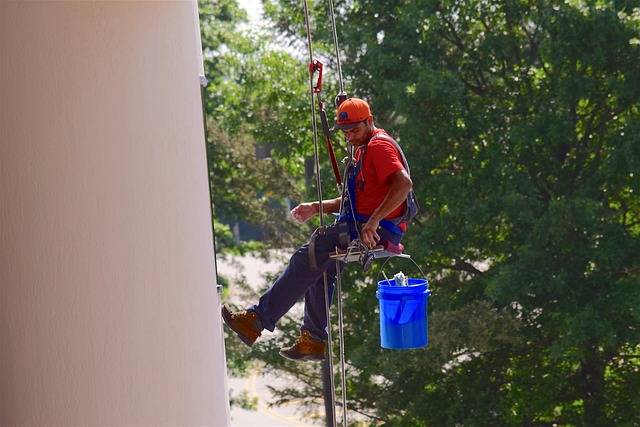
When it comes to maintaining the appearance and longevity of a building, commercial window cleaning plays a vital role. Sparkling windows not only improve curb appeal but also allow natural light to enhance the work environment. However, what many people don’t often consider is the level of safety required to carry out this service. Commercial window cleaning involves more than a bucket and a squeegee—it demands rigorous safety practices, specialized equipment, and proper training.
Understanding the Risks
Commercial properties often feature tall glass facades, multi-story windows, or architectural designs that require cleaners to work at significant heights. Without proper safety measures, the risk of slips, falls, or accidents increases dramatically. In fact, working at height is consistently ranked among the most hazardous activities in the service industry. That’s why professional teams are trained to identify risks and mitigate them before any work begins.
Equipment and Protective Measures
Safety in window cleaning starts with using the right equipment. Harnesses, safety lines, rope access systems, and scaffolding are essential tools for higher elevations. For mid-level work, platforms or aerial lifts may be used. In addition to this, cleaners wear personal protective equipment such as helmets, gloves, and slip-resistant footwear. Each piece of equipment is inspected regularly to ensure it meets safety standards and remains reliable on the job.
Training and Certification
A crucial component of commercial window cleaning safety is education. Workers undergo thorough training in fall protection, rope access, and equipment handling. Certification programs and ongoing refresher courses ensure that cleaners are up-to-date with the latest safety regulations and industry best practices. This training also extends to hazard assessment, enabling crews to adapt to the unique challenges of each property.
Weather and Environmental Considerations
Even with the best preparation, external conditions must be evaluated before work begins. High winds, rain, or icy surfaces can create dangerous scenarios. Responsible cleaners know when to pause or reschedule a job to protect both their team and the property. Safety always takes precedence over deadlines.
The Benefits of Prioritizing Safety
When safety is prioritized, it benefits everyone involved. Building owners gain peace of mind knowing the work is completed responsibly and in compliance with safety standards. Cleaners, in turn, can perform their jobs more effectively, with confidence in the equipment and procedures that protect them. Ultimately, a safe jobsite translates to high-quality results, reduced liability, and long-term trust.
Final Thoughts
Commercial window cleaning may look effortless from the ground, but it requires a strong commitment to safety behind the scenes. From specialized equipment to weather awareness and ongoing training, every step is designed to protect workers and ensure flawless results. The next time you admire a spotless glass facade, remember the safety practices that make it possible.
